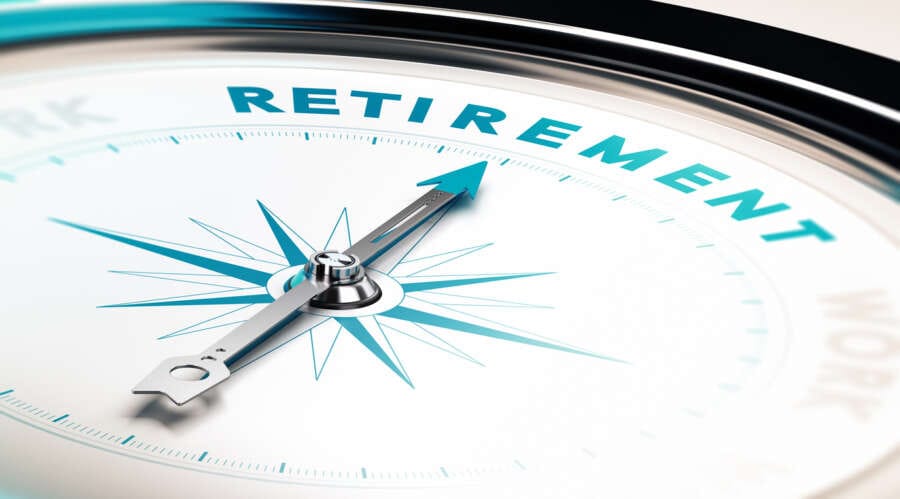
- The £10,000 earnings trigger for auto-enrolment has been frozen for 2022/23. The qualifying earnings bands have also both been frozen. The lower limit at £6,240 and the upper limit at £50,270.
- It is estimated freezing these levels will bring an extra 17,000 people into auto-enrolment with an extra £26m in pension contributions.
- This decision will bring more women into auto-enrolment as they tend to earn less. Around seven in ten new participants could be women.
- As part of its 2017 Automatic Enrolment review the government had pledged to remove the lower earnings limit by the mid-2020s.
- Government said decisions were taken to give stability and help employers control costs. It also said it was looking at how contribution increases made in 2018 and 19 were affecting behaviour.
The DWP has published the annual review of auto-enrolment earnings trigger and qualifying earnings bands Review of the automatic enrolment earnings trigger and qualifying earnings band for 2022/23: supporting analysis – GOV.UK (www.gov.uk)
Helen Morrissey, senior pensions and retirement analyst at Hargreaves Lansdown:
“Freezing these limits will certainly boost the number of people saving into a pension through auto-enrolment. Estimated figures say 17,000 people could be brought into workplace pensions, many of whom will be women who have previously not earned enough to be included. Helping them build a better financial future for themselves is a huge positive and can help them weather future financial storms such as the one we are currently facing as the cost of living is squeezed.
However, the decision comes at a time when government is under increased pressure to move forward with the findings of its 2017 Auto-Enrolment review. In it, government pledged to remove the lower earnings limit by the mid-2020s -a move that would bring many more people into workplace pensions.
It is an issue the pensions minister was questioned about in the House of Commons recently and while freezing the lower limit will boost auto-enrolment the pressure will continue on government to say when it will move forward with its recommendations – the mid-2020s are not too far away. The document says such a change is subject to various factors such as cost and discussions with employers so there is some wiggle room there.
It’s a tricky balancing act of boosting auto-enrolment while giving savers and employers time to plan and budget. Government will also be hesitant to pile extra costs on people just as we face the biggest squeeze on the cost of living in years. However, the clock continues to tick on this issue and government will face increasing calls about when a timetable will be put in place.”


